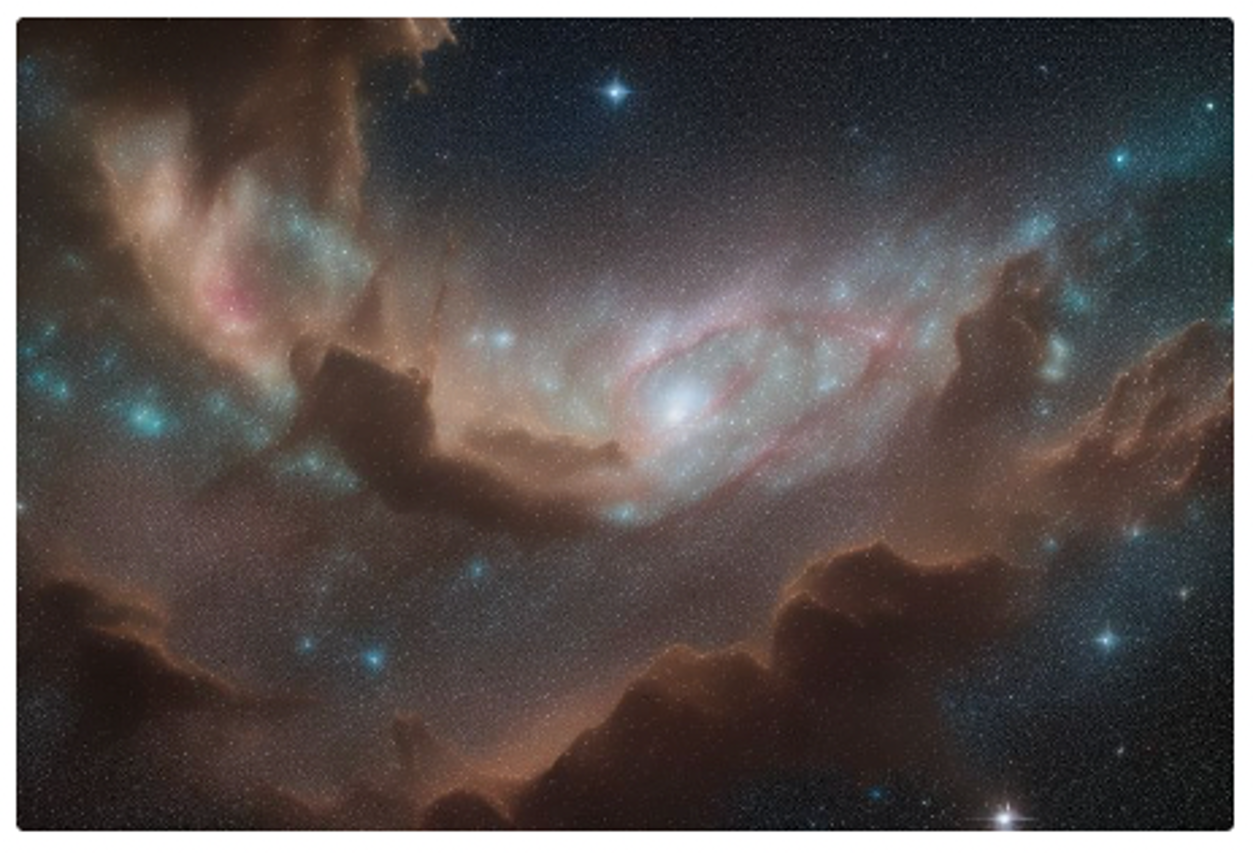MEAD: Measuring Extinction and Abundances of Dust - SSW
ABSTRACTS OF ORAL PRESENTATIONS
- Removed a total of (1) style text-align:center;
MEAD: MEASURING EXTINCTION AND ABUNDANCES OF DUST - MARJORIE DECLEIRInterstellar dust has a significant impact on many astronomical research fields, as it absorbs and scatters a large fraction of the star light, and influences star formation and galaxy evolution at all cosmic times. Understanding the properties of the dust grains is thus crucial to derive precise knowledge of any object in the Universe that is obscured by dust, as well as to constrain the initial conditions for star and planet formation. |

- Removed a total of (1) style text-align:center;
- Removed a total of (2) style text-align:justify;
- Removed a total of (1) style margin:0;
- Removed a total of (1) align=center.
- Removed a total of (1) border attribute.
- Removed a total of (1) cellpadding attribute.
- Removed a total of (1) cellspacing attribute.








































 Sign in
Sign in
 Science & Technology
Science & Technology